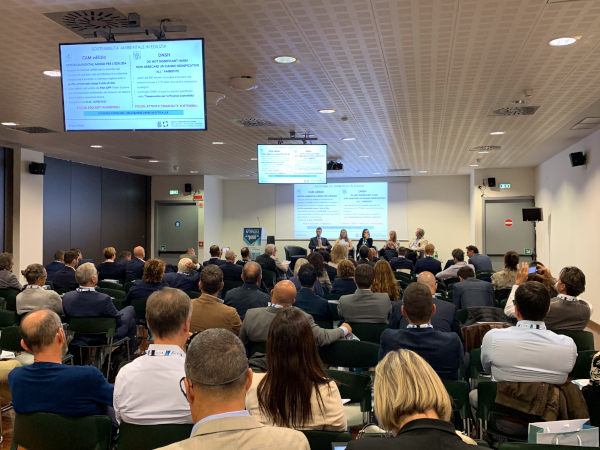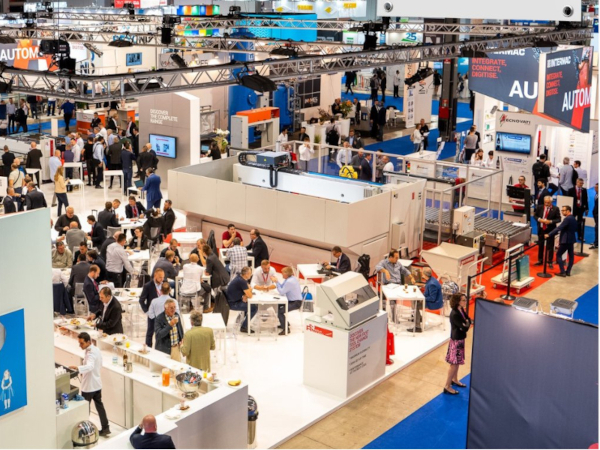Date: 27 October 2009
It’s enough to raise one’s spirits and look toward the future with peace of mind. But, when you move beyond the hearsay and feel-good phrases to the world of facts, another picture seems to arise. Slightly more than a year after being hit by the financial crash, world markets ready themselves to resume their journey. The first signs are clear – positive results are on their way, even if the recovery is going to be gradual. Once again, the emerging markets are leading the way -- among these is Brazil, one of the most promising in the eyes of glass industry professionals.
Slightly more than a year after being hit by the financial crash, world markets ready themselves to resume their journey. The first signs are clear – positive results are on their way, even if the recovery is going to be gradual. Once again, the emerging markets are leading the way -- among these is Brazil, one of the most promising in the eyes of glass industry professionals. .jpg)
For example, based on a report by Federmacchine, it seems that the first half of 2009 was marked by a 31.9% collapse in Italy’s industrial production, with a 9% reduction in the second quarter, compared to the first. The blow to businesses, and to the nation’s economy, is truly shocking if you think about the fact that this sector is one of the mainstays of Made in Italy manufacturing and accounts for nearly 8% of Italy’s overall economic value.
It’s obvious that we’re talking about the consequences of a huge financial crisis and not a crisis within the industrial system; it’s also of some consolation knowing that the economic woes are being felt throughout the entire Western world and, to a degree, also in the so-called emerging markets. And there, fortunately, only partially, because that’s exactly the direction from which we’re seeing the signs of a faint, very faint recovery that tend to justify the cautious optimism we mentioned in the opening paragraph..jpg)
Exactly which countries are these? Certainly the ones known as BRIC, with some reservations surrounding the I for India and some caution around the R for Russia. “Brazil is the country of the future – claims Michele Gusti, Managing Director of Ocmi Otg and President of Gimav’s Hollow Glass Group – because it maintained a strong rate of growth, and all the potential for development demonstrated in recent years is still intact. Like China, for that matter, where even though the growth rate has dropped from two figures, it has settled comfortably at a more than decent 9% approx. It’s true that represents a 20% drop in growth, but still in a setting of great economic vitality and strong support of investments. Russia, too, is taking off again, but at a much slower pace. India, on the other hand, from our hollow glass point of view, is a disappointment because the demand for high-quality products remains low.” The stamina and confirmed vitality of the emerging markets has already been echoed as an upward trend in Europe, especially in Germany, which celebrated a 1.4% increase for the month of August in orders for the sector, fortifying hopes for growth in the third quarter. A fact confirmed by Aldo Faccenda, CEO of the Bottero Group: “In Europe, Germany is still the driving force, followed at a short distance by France. The signs of an awakening are clear; orders are starting to move into the sector, even though there are still problems in the automotive and building sectors, but we can say that the wheel is starting to turn in the right direction.”
.jpg)
Coming full circle... so, everything’s fine? Is it safe to say the worst is behind us? Not quite, considering that the machinery-manufacturing sector in Italy is experiencing a 56% downturn, matched by an estimated average decline of 35-40% globally. “In theory, we can say we have hit rock bottom and are now starting to move back up, but the underlying reality is more complex and paints a less rosy picture – according to Michele Gusti - orders taken in 2008 were rich and abundant and made it possible to keep the ship on course despite the difficulties experienced in 2009. But now the real problems are beginning to surface -- in 2009 demand fell steeply and now we are already feeling the consequences, which will almost certainly continue to inflict themselves throughout 2010. And the credit crunch being felt around the world isn’t helping businesses, large or small, to invest in machinery”. Out of the crisis, then, but is it too soon to hope to recover what was lost? The analysts predict, indeed, that it will take years (two, three, four?) to return to the happy levels of production in 2007. With what kind of spirit can we approach Vitrum 2009? “With immense curiosity – forecasts Aldo Faccenda – because it’s there that we will realize which and how many companies managed to survive the financial tsunami and keep alive the will and the ability to invest. Perhaps there will be fewer visitors and fewer exhibitors than at the packed exhibitions of recent years. But the ones who count will be there, the ones that are truly interested or who have real innovations to unveil.”







Add new comment